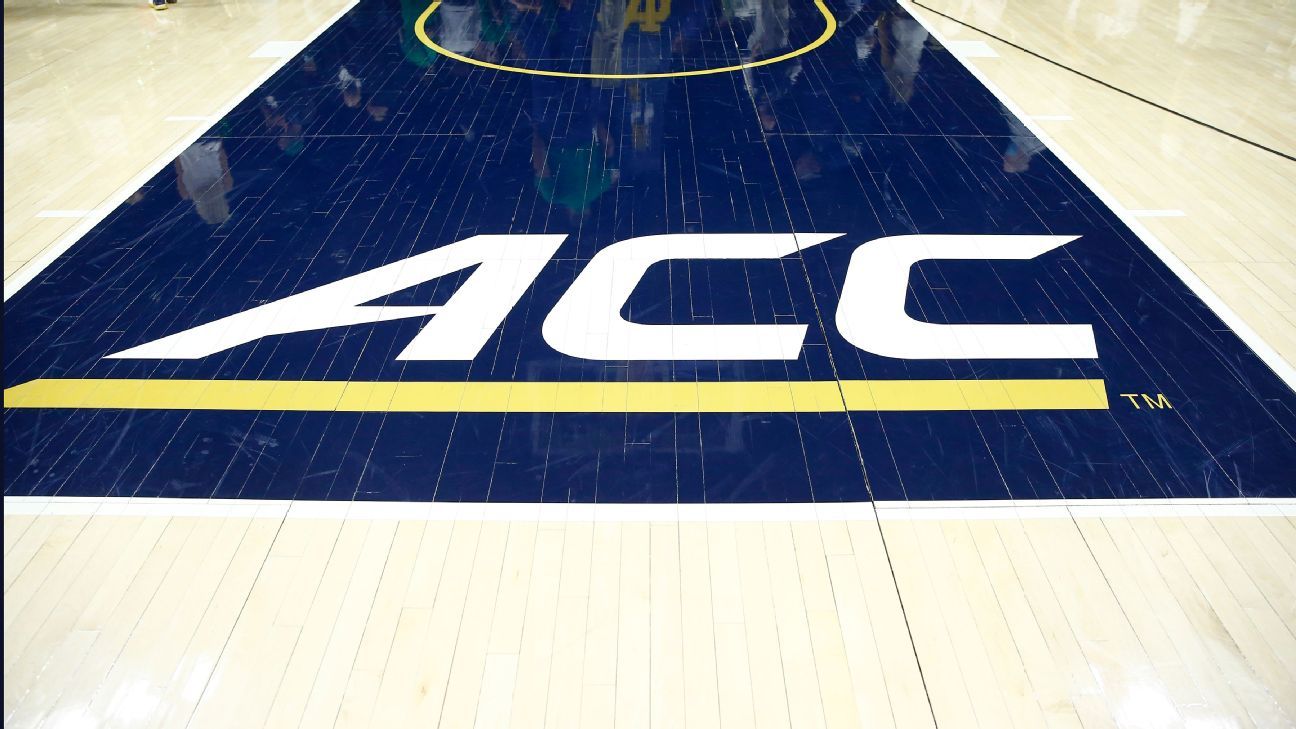The ACC is again seriously considering the potential additions of Stanford, California and SMU, multiple sources told ESPN on Wednesday.
A series of meetings will be held this week to further vet and discuss different financial models that would come with the additions, sources said.
The inclusion of all three schools is being heavily discussed, in part, because they would come with significant financial concessions from each of the schools, according to sources. The conversations within the ACC this week revolved around how that additional money would be distributed among conference members.
A small group of ACC presidents met Wednesday morning to discuss different ways to divide that money, sources said. More meetings are expected this week to talk through the various ideas and models, but no determinations have been made yet on what that would look like, according to sources.
A vote of 12 of the 15 ACC schools is required to approve the additions, and just one new positive vote is needed among the block of four — North Carolina, NC State, Clemson and Florida State — that has indicated dissent against the move in prior meetings. (No formal vote has been taken.) One vote of those four is needed, assuming all of the “yes” votes are aligned with the financial model.
The timeline on a potential decision on whether to add all three schools is fluid, sources said, but the process is expected to play out over the next week. The flurry of meetings and the diving into details indicate momentum toward the additions happening, but sources cautioned the myriad complications that can come with realignment decisions.
The financial concessions from the three schools will create a pool of money, and the ACC presidents are having discussions on how it would be split. The mechanics of that are still to be worked out, sources said, including a performance pool for success initiatives.
SMU’s concessions are expected to be different from Stanford and Cal, including a willingness for the school to take no broadcast media revenue for the first seven years it is in the league, sources told ESPN. The concessions for Cal and Stanford will include taking a reduced share of the ACC payout, sources said; both schools are expected to receive the same reduced share.
The potential additions come at a time when the ACC has appeared increasingly fragmented. Florida State’s leadership has been vocal in recent weeks about needing more money to stay in the ACC, and Clemson’s leadership in recent months has publicly indicated a preference for a new financial model within the league.
The underlying frustration with the higher-end athletic programs in the league comes from the reality that their revenues will eventually fall nearly $30 million behind what schools in the SEC and Big Ten are expected to make.
The ACC television contract with ESPN runs through 2036, a length of time that the league’s top programs fear would put them at a distinct financial disadvantage from their competitors in the Big Ten and the SEC.
The ACC would likely have a pool of tens of millions of dollars to potentially give the schools winning big in football a chance to close that gap. But sources cautioned just how that revenue is divided is a tricky issue among the 15 ACC schools. A portion of the money is also being considered to address the additional travel.
